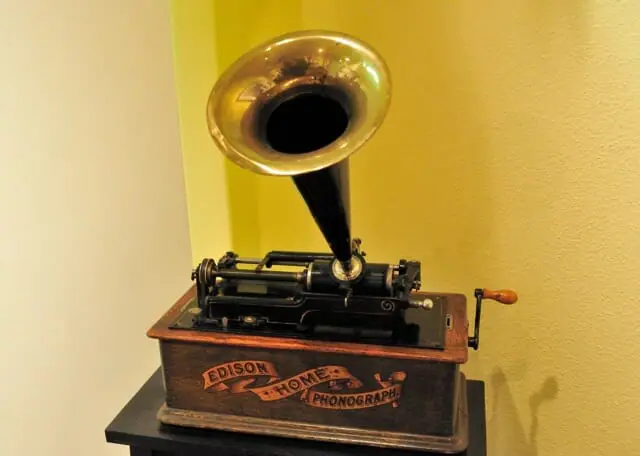Birth of an audiophile
Unless you only listen to music through headphones or your computer, you probably have a stereo system at home. I use mine to play records, but I can also connect my computer to it to play iTunes.
Last week my stereo stopped working. More specifically, it was the amplifier, which is really the heart of a stereo system. “No problem,” I said to myself. “I’ll just go to Value Village and get a new one.” After all, that’s where I got this one. It was $10 and it worked for a year before quitting, so it was well worth the money.
I did a few searches under generic terms such as “good used amps” to find out if there were any specific names to look out for. But instead of finding a simple list of the best equipment, I came across pages and pages of discussions on the topic. It turns out amplifiers are a lot like cars: no one can agree on the best model.
When I started reading some of the discussions on a website called Audiokarma.org, I realized I knew next to nothing about amplifiers. There were comments about different specifications and ratings, percussive attack and triodes, watts versus ohms, and tubes versus transistors.
One of the most passionate debates had to be the tubes versus transistors one. Apparently the biggest advancement in audio technology came with the invention of the transistor, a small piece now used in almost any electronic device, which replaced large glass vacuum tubes. (If you remember Back to the Future Part II, the large box Doc Brown attaches to the hood of the car is full of these tubes.) The tube amplifier versus solid state (transistor) amplifier debate has been going on since the day they hit the stereo market. There are arguments about the tonal differences, brightness and weight.
I’ve wanted a tube amplifier ever since I knew what they were, and during my research I managed to find a few good ones that weren’t too expensive. I decided if I was going to get something new, I was going to go after what I really wanted. Unfortunately, I didn’t realize the amount of work and cost involved.
Amplifiers are actually two separate components: a pre-amp, which receives the sound signal and adjusts the tone and other qualities, and the power amp, which increases the sound. Usually they come together in a piece called an integrated amplifier, but it is possible to buy the two separately. According to the essays and discussions I read, a true audiophile (this applies to people who care too much about stereo sound) should always go for the separate set-up.
And so I committed. I bought a tube pre-amp on eBay. Now I just needed a power amplifier to connect to it. That was supposed to be the easy part.
From my research, there were things I picked up on pretty quickly. For one, the “Made in Japan” label is almost a requirement. Through the 70s and 80s, Japan dominated the stereo electronics market in the affordable-but-high-quality category.
Finally, I headed out to Value Village. Then to the Salvation Army. Then another Value Village.
None of the stores had any stereo amplifiers, let alone the kind I was looking for. My dreams of returning home to listen to my records were falling apart quickly. After checking Kijiji and the local Halifax classifieds, I was no closer to finding what I needed. Like records and film cameras, it turns out most were thrown in the garbage when newer technology was made available.
At least I can say this was an educational experience. I learned the history of several electronics manufacturers. I learned what to look for in a used amplifier and the companies that make them. And most interestingly, I discovered an entire community of people obsessed with stereo sound quality.
Regardless of whether you listen to CDs, records or mp3s, building your own stereo piece-by-piece can be very rewarding. It can also be very expensive, especially now that most components that were “old” 20 years ago are “vintage” now. In some cases, they’re even more expensive than when they were new. And audiophiles are never satisfied. There is always a better component out there, somewhere, that they must have in their quest for the perfect sound.



Recent Comments